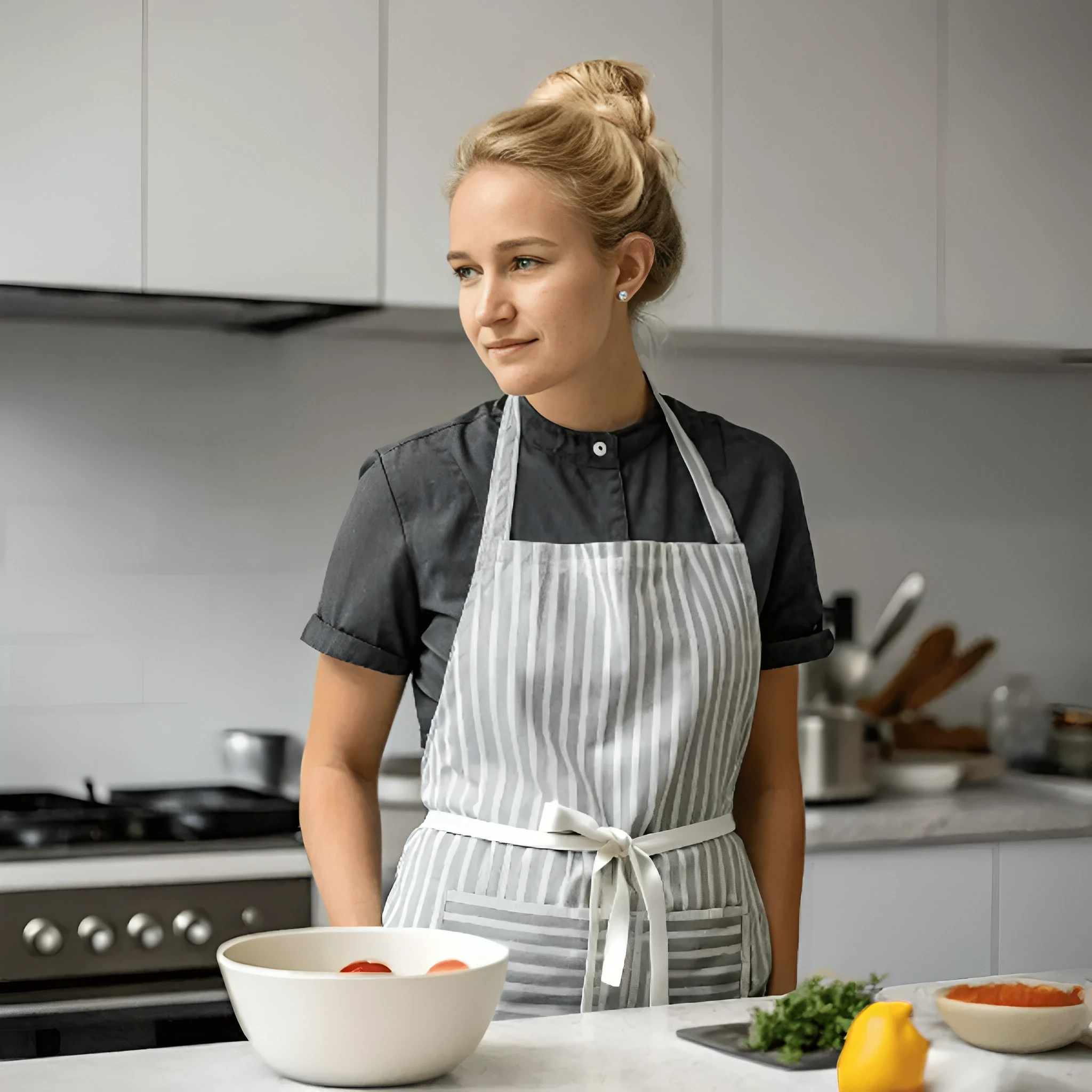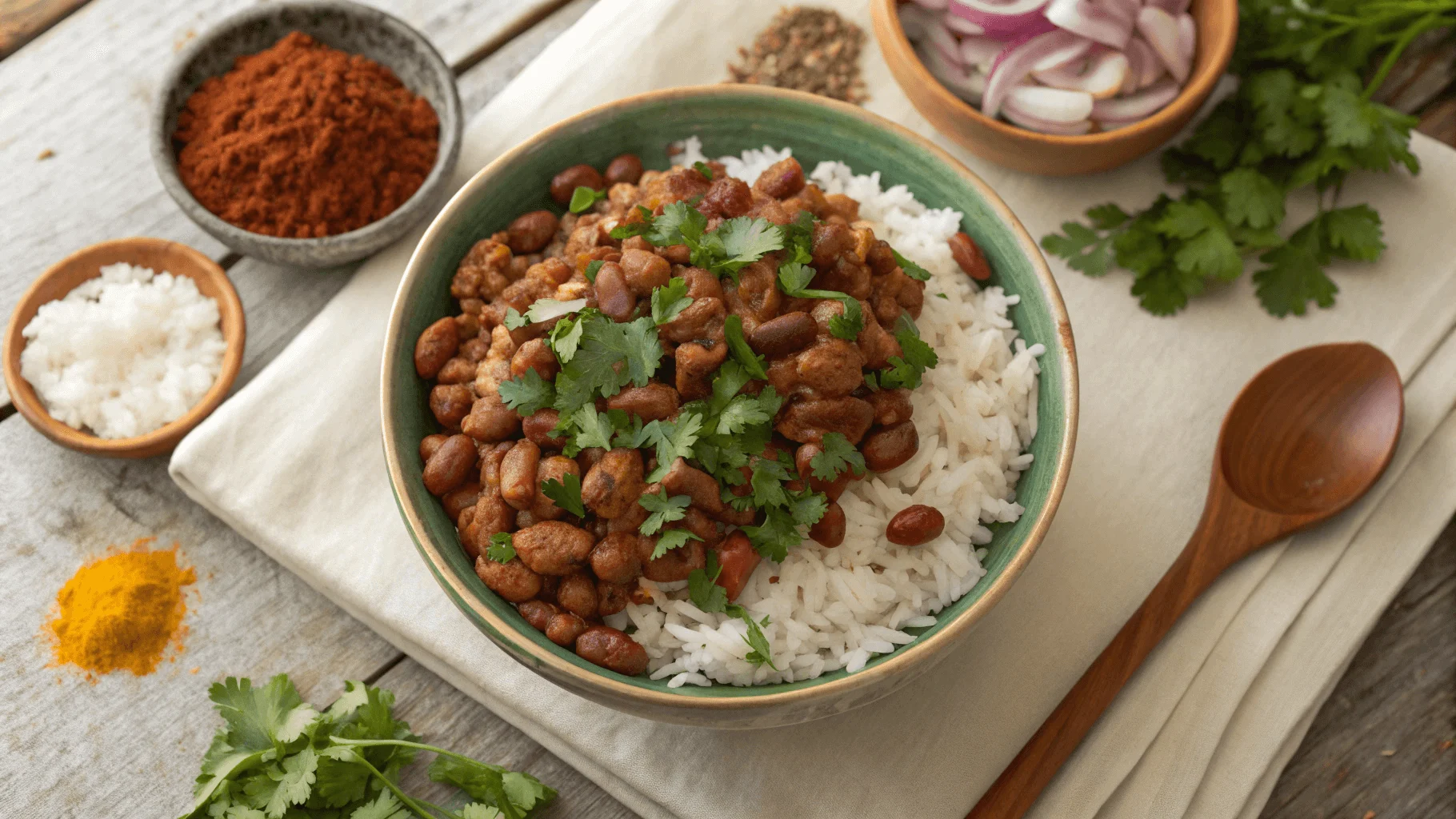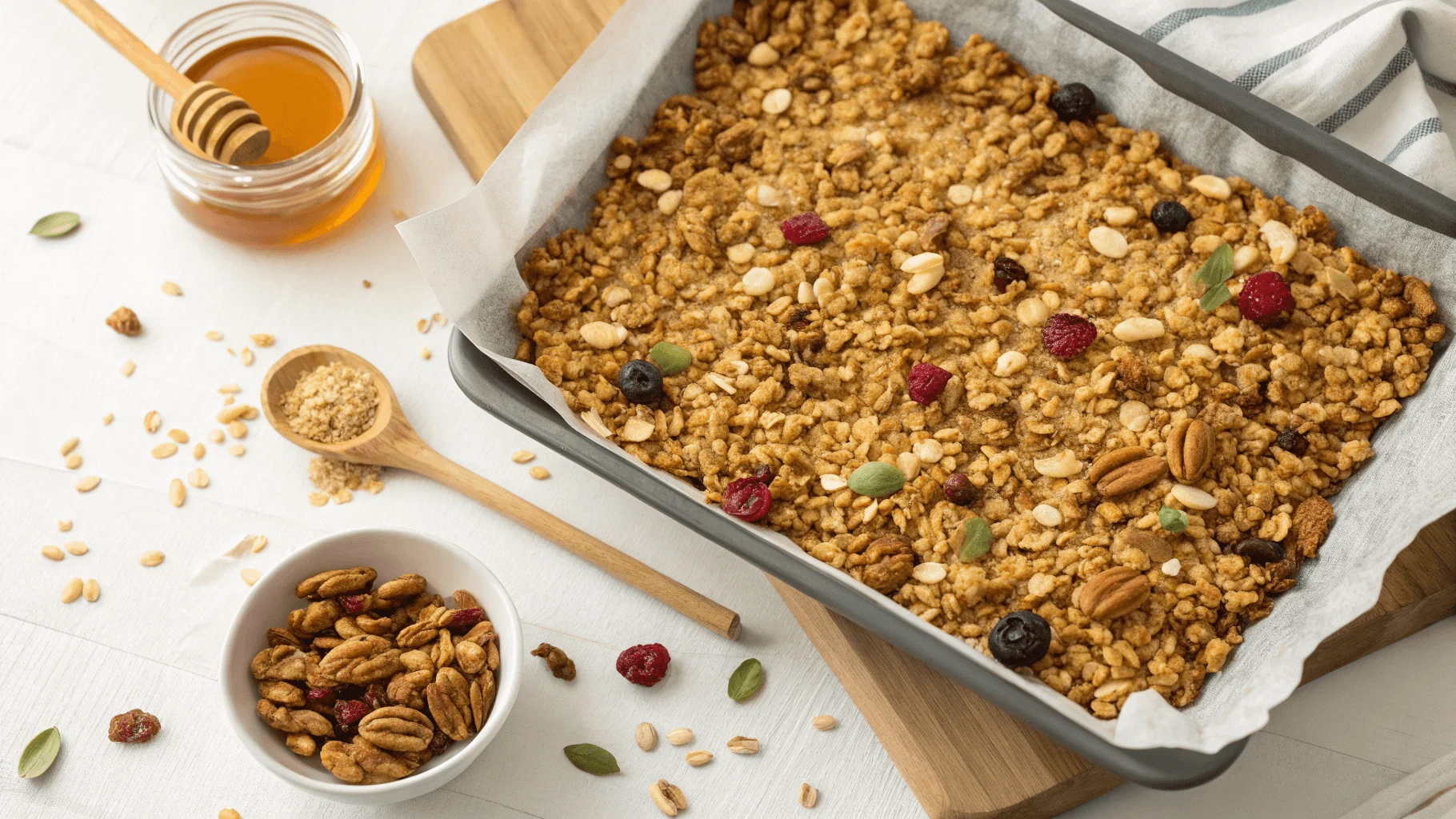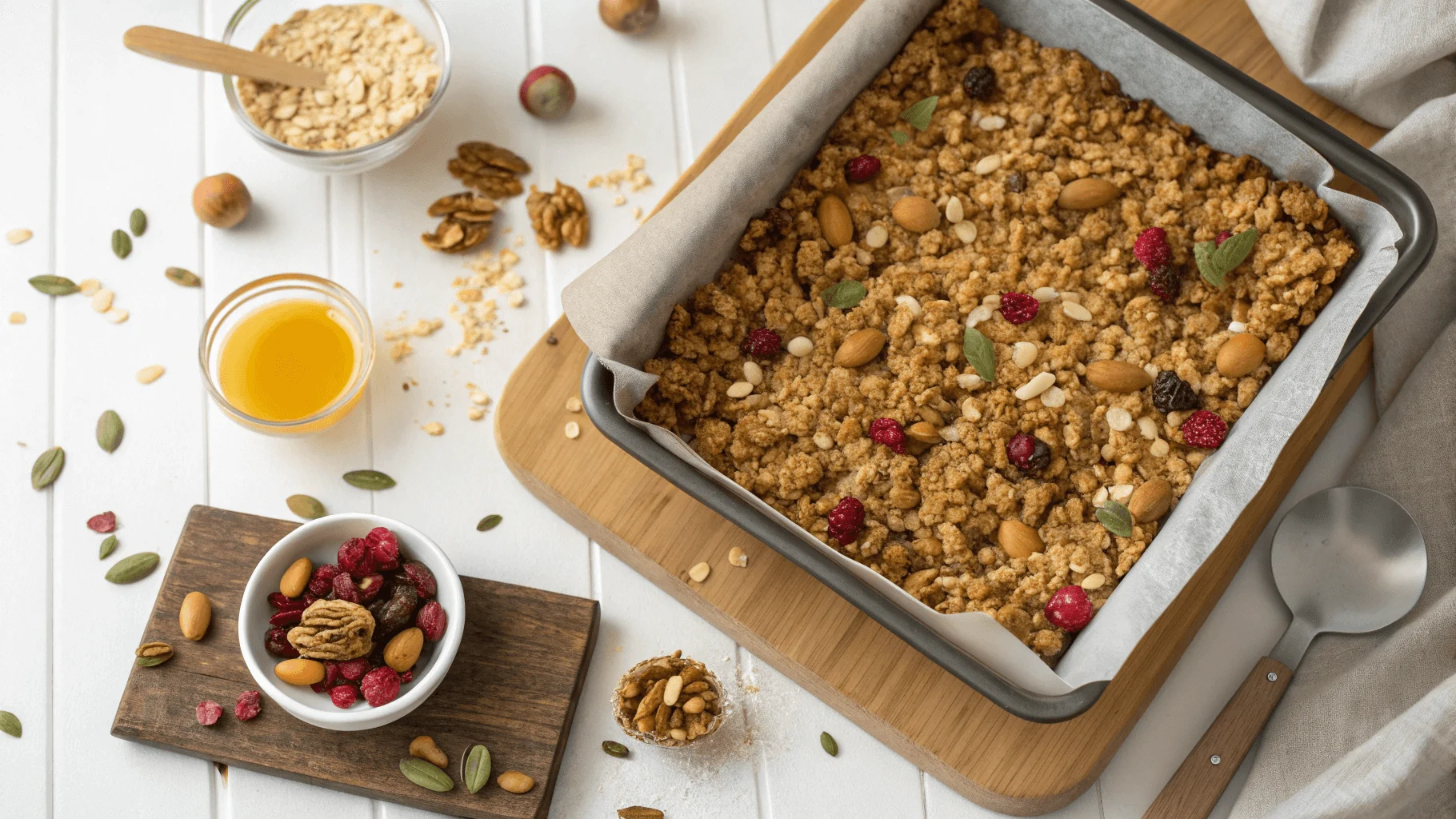Making the perfect pumpkin pie is a cherished tradition for many, especially during the fall and holiday seasons. However, there are many decisions to be made during the process, such as whether or not pumpkin pie crusts prebake. This question has sparked debates among bakers of all levels. While some swear by prebaking the crust to avoid a soggy texture, others argue that it’s not necessary. In this article, we will dive into the details of why prebaking your pie crust can make all the difference, explore the alternatives, and help you decide the best method for your pumpkin pie.
What is Pumpkin Pie?
Pumpkin pie stands as a classic dessert that people typically enjoy during Thanksgiving and other festive occasions. The pie features a smooth, spiced pumpkin filling encased in a flaky, buttery pie crust. Its distinctive taste, rich texture, and comforting blend of autumn spices, such as cinnamon, nutmeg, and cloves, make it a favorite. The filling includes primarily pumpkin puree, eggs, sugar, cream, and spices, while you can use either a homemade or store-bought crust. However, when baking a pumpkin pie, one crucial question comes up: should pumpkin pie crusts prebake?
Understanding the Importance of a Well-Baked Pumpkin Pie Crust
A pie’s crust is just as important as its filling. Without the perfect balance, you risk a soggy, tough, or undercooked crust, which can ruin an otherwise perfect pumpkin pie. The crust acts as the foundation of the pie, providing both structure and flavor. This is particularly important when the pie filling is moist, as the liquid from the pumpkin mixture can seep into the crust, making it soggy. Prebaking, or blind baking, the crust can help maintain its texture and prevent it from becoming a soggy disappointment. Learn more about creating the perfect pie base in this guide.
The Debate: Should a Pumpkin Pie Crust Be Prebaked?
When it comes to this question, there is a divide between bakers. Some prefer to prebake the crust to ensure a crisp, golden outcome, while others opt to skip this step, allowing the filling to cook the crust as it bakes. The primary reason for prebaking is that the filling’s moisture can penetrate the uncooked crust, making it soggy. Prebaking the crust helps set it in place and forms a barrier that reduces the chance of sogginess. However, there are trade-offs to this method, such as extra time and the risk of overbaking. If you’re considering making this effort, check out how to achieve a crisp and golden crust.
The Role of Moisture in Prebaking Pumpkin Pie Crusts
Moisture from the filling is one of the primary culprits behind a soggy pumpkin pie crust. When baking the pie without prebaking the crust, the filling can seep into the crust while it cooks, making the texture soft and unappealing. This is especially true if you’re using a custard-style filling, which contains a high moisture content. Should a pumpkin pie crust be prebaked? Yes, because the prebaked crust can serve as a barrier against this moisture, keeping the texture of the crust intact and ensuring it remains crisp and flaky.
Preventing a Soggy Pumpkin Pie Crust with Prebaking
To prevent a soggy crust, prebaking is a popular technique. This allows the crust to cook before adding the moist pumpkin filling. By ensuring that you fully bake the crust before introducing the wet filling, you prevent the crust from absorbing the moisture, thus avoiding the dreaded soggy bottom.
Achieving a Crisp and Golden Pumpkin Pie Crust Through Prebaking
When discussing whether you should prebake a pumpkin pie crust, one of the primary benefits is achieving a crisp and golden crust. A pie crust that you haven’t prebaked might turn out soft or even undercooked, especially if the pumpkin filling is too runny. Prebaking helps the crust to hold its shape and remain crispy, providing a satisfying contrast to the rich and smooth pumpkin filling. For further tips, explore this step-by-step pumpkin pie baking guide.
The Flavor Boost from Prebaked Pumpkin Pie Crusts
Another advantage of prebaking your pumpkin pie crust is the improvement in flavor. A fully cooked crust will have a deeper, more buttery flavor that complements the sweetness and spices of the filling. In contrast, an unbaked crust may not have the same depth of flavor, as it will continue to cook with the filling and may not develop a golden, crisp texture. For flavor enthusiasts, this comprehensive guide offers additional inspiration.
Preventing Soggy Bottoms in Pumpkin Pie Crusts
A soggy bottom crust is one of the most common complaints when it comes to baking pumpkin pies. This happens when the filling releases moisture, and the crust absorbs it. Prebaking the crust helps to prevent this by sealing the crust and creating a protective layer. This way, the crust stays dry and crisp, and you avoid the disappointment of biting into a soggy pie.
Extra Time and Effort for Prebaking Pumpkin Pie Crusts
Although prebaking your crust can help achieve a better texture and flavor, it also requires extra time and effort. Prebaking involves not just baking the crust but also chilling it before baking to prevent shrinkage, as well as using pie weights or beans to keep the crust from puffing up. This extra step can make the process of making a pumpkin pie a little more time-consuming, which is why some bakers opt for skipping it.
The Risk of Overbaking or Burning Your Prebaked Pumpkin Pie Crust
One of the challenges of prebaking the pie crust is the risk of overbaking or burning it. Since you partially bake the crust before adding the filling, it may become too dark during the second round of baking.
Blind Baking Pumpkin Pie Crusts
Blind baking refers to the method of prebaking a pie crust without the filling. This technique is essential for pies with wet fillings, such as pumpkin pie, as it ensures that the crust will bake fully without becoming soggy. During blind baking, bakers often use pie weights or dried beans to weigh down the crust and prevent it from puffing up.
The Role of Pie Weights and Parchment Paper
To blind bake the crust, you typically line the pie crust with parchment paper and fill it with pie weights or dried beans. These weights help the crust maintain its shape while baking, preventing it from shrinking or bubbling up. This technique is essential for achieving the crisp texture that many pumpkin pie enthusiasts seek.
Prebaking the Crust with a Foil Shield
Another technique to help prevent overbaking while prebaking the crust is to use a foil shield. The edges of the pie crust tend to cook faster than the rest of the crust, so covering them with foil prevents them from burning. This method allows the bottom of the crust to bake thoroughly while protecting the edges.
Baking Pumpkin Pie with a Runny Filling
When making pumpkin pie, one of the challenges is dealing with the runny filling. Since the pumpkin mixture is often quite liquid, it can seep into the crust if not properly prebaked. Should a pumpkin pie crust be prebaked? Yes, especially if you have a runny filling, as the prebaked crust will help to prevent any excess moisture from soaking into the crust, ensuring a more successful bake.
When Using Store-Bought Pie Crusts: Prebaking Is Essential
Store-bought pie crusts are a convenient option, but they often require a little more care when it comes to prebaking. Prebaking is particularly necessary if you want to avoid a soggy pie crust, as store-bought crusts may not have the same structure as homemade ones. In these cases, should a pumpkin pie crust be prebaked? Yes, to ensure a crisp, golden crust and avoid any soggy surprises.
Step-by-Step Guide to Prebaking Pumpkin Pie Crusts
Preparing the Crust for Prebaking
Before prebaking, make sure you chill the crust properly and line it with parchment paper.
Baking at the Right Temperature
Bake the crust at a moderate temperature, typically around 375°F. This will allow the crust to cook evenly without burning. Keep an eye on it during the process to ensure it’s not overbaking.
Is Prebaking Necessary for All Pumpkin Pies?
When Prebaking is Optional
While prebaking is recommended for most pumpkin pies, there are some situations where it might not be necessary. If the pumpkin filling is particularly thick and not overly runny, you may not need to prebake the crust. Additionally, if you’re using a recipe that calls for a no-bake pumpkin filling, prebaking may not be necessary.
How to Avoid a Soggy Pumpkin Pie Crust
To avoid a soggy crust, you can prebake the pie as discussed, or try other methods like brushing the crust with egg wash before baking. This creates an additional layer of protection against moisture. Additionally, using a thicker crust may help it withstand the moisture from the pumpkin filling.
Making Your Own Homemade Crust for Better Results
Homemade pie crusts tend to produce the best results because you have full control over the ingredients and thickness. You can also ensure that the crust is properly chilled before baking to prevent shrinkage. A flaky, buttery crust will elevate your pumpkin pie and help prevent any sogginess.
Can You Use a Prebaked Crust for Pumpkin Pie?
Yes, you can absolutely use a prebaked crust for pumpkin pie. In fact, it is recommended if you want to avoid a soggy bottom. Prebaking the crust ensures that it holds up to the moisture from the pumpkin filling and results in a better-textured pie.
Should You Prebake a Crust for Custard Pies?
Custard pies, including pumpkin pie, benefit from prebaking the crust because it helps to create a firm barrier between the filling and the crust. Without prebaking, the moisture from the custard filling can make the crust soggy.
Does Prebaking the Crust Affect the Taste?
Prebaking the crust can enhance the flavor of the pie. A fully baked crust has a deeper, richer flavor compared to an underbaked crust. The extra time spent prebaking helps to develop a more buttery, toasted flavor that pairs beautifully with the sweet and spicy pumpkin filling.
How Can I Fix a Soggy Pumpkin Pie Crust?
If your crust turns out soggy despite your best efforts, one option is to gently reheat the pie in the oven to allow the crust to crisp up. Alternatively, you can use a spoon to gently remove the filling and bake the crust separately for a few minutes to allow it to firm up.
What is Blind Baking and When Should I Use It?
Blind baking is the process of prebaking a pie crust without the filling. This method is typically used for pies with moist fillings, like pumpkin pie. Blind baking ensures that the crust cooks thoroughly and remains crispy, even when filled with a liquid-based mixture.
Can I Freeze Prebaked Pie Crusts?
Yes, you can freeze prebaked pie crusts. Simply bake the crust, allow it to cool, then wrap it tightly in plastic wrap or foil and freeze. This allows you to prepare the crust ahead of time, making it easy to assemble the pie when you’re ready.
FAQs
Q1: Should a pumpkin pie crust be prebaked if I use a thick filling?
Yes, even a thick filling can benefit from a prebaked crust to ensure that the crust doesn’t absorb moisture during baking.
Q2: How long should I prebake my pie crust?
Typically, prebake the crust for about 10-15 minutes at 375°F, but always check for golden, crisp edges.
Q3: Can I prebake my pie crust the day before?
Yes, prebaking the crust the day before is perfectly fine. Just be sure to store it in an airtight container.
Q4: Is it necessary to use pie weights when blind baking?
Yes, pie weights help prevent the crust from shrinking or puffing up during the prebaking process.
Conclusion
In conclusion, should a pumpkin pie crust be prebaked? While it’s not always necessary, prebaking can make a significant difference in achieving a crisp, golden crust and preventing sogginess. Whether you choose to prebake your crust or not depends on factors such as the consistency of your filling, the type of crust you’re using, and personal preference. By understanding the impact of moisture on the crust, the techniques available for prebaking, and the various ways to prevent sogginess, you can create the perfect pumpkin pie every time.






3 thoughts on “Pumpkin Pie Crusts: Should You Prebake for the Best Results?”